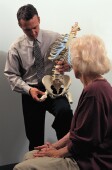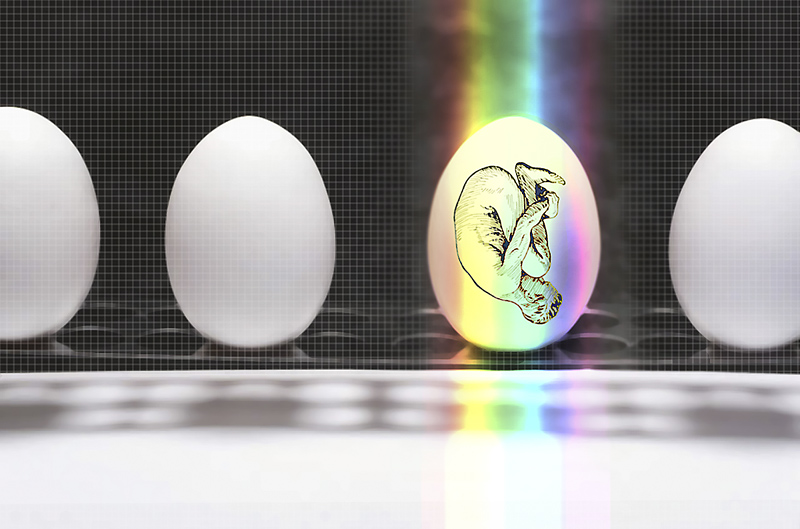
WEDNESDAY, Jan. 18 (HealthDay News) — New research suggests that older women who’ve had a normal result on a bone density scan — a test that helps measure the strength of their bones — may be able to wait as long as 15 years before getting another scan.
However, women who show any abnormal loss of bone generally need follow-up scans much sooner than that, the study authors noted.
“Women who had good T-scores, who were in the top category, had such stable bones. It took about 15 years for 10 percent of them to develop osteoporosis,” said study author Dr. Margaret Gourlay, an assistant professor in the department of family medicine at the University of North Carolina at Chapel Hill.
“But, if you start off with thinner bones, it takes less time to develop osteoporosis,” said Gourlay.
T-scores are a measure of bone health, where current bone scans are compared to the expected bone density of a healthy 30-year-old. Women with osteoporosis have a T-score of -2.5 or less, while those in the normal bone group have a T-score of -1.00 or higher.
Results of the study, which was funded by a grant from the U.S. National Institutes of Health, are published in the Jan. 19 issue of the New England Journal of Medicine.
There are clear guidelines advising most women have a bone mineral density test to measure the strength of her bones around age 65. Women who have a high risk of developing osteoporosis are advised to get their first bone scan even earlier. What hasn’t been clear, however, is what the ideal time for follow-up scans should be.
“Medicare allows for repeat testing every two years, but if you have a normal bone density at 65, you don’t necessarily need a repeat bone density scan every two years,” said Dr. Stephen Honig, director of the osteoporosis center at NYU Langone Medical Center in New York City.
Gourlay said the current study was an attempt to better define how often women should receive follow-up scans.
The study included nearly 5,000 women aged 67 and older who had normal bone mineral density or osteopenia (lower than normal bone mineral density, but not yet osteoporosis). The women also had no history of hip or spine fractures, and they had never received treatment for osteoporosis.
Follow-up bone mineral density scans were offered at year 2, 6, 8, 10 and 16, according to the study. All of the women were tested at least twice during the follow-up period, and some women received as many as five follow-up scans.
Based on the women’s T-scores, the researchers estimated the number of years it would take 10 percent of the women to develop osteoporosis. For high-risk women with advanced osteopenia and T-scores of -2.49 to -2.00, the estimated time was 1.1 years. For the moderate group with T-scores of -1.99 to -1.50, the estimated time was five years.
And, for women with normal scores or moderate osteopenia (T-scores of -1.49 and higher), the time for 10 percent of the group to develop osteoporosis was more than 15 years.
“I wouldn’t want to go so far as to say this [15 years] should be the screening interval. It’s a long time, and some women may transition faster, but this is definitely something that needs to be re-addressed,” said Gourlay.
“Women should talk with their doctor about this test. It’s a test that sometimes gets forgotten, but it’s important because treatment for osteoporosis can decrease the risk of fractures,” noted Gourlay.
Honig added: “If someone has a normal bone density at age 65 or 67 and they haven’t had a fracture, they don’t need to do bone mineral density testing every two years. Could they stretch it out to 15 years? I don’t know. I think maybe five or six years.”
But, like Gourlay, Honig said it’s very important to have a discussion with your doctor about your own individual risk. Certain factors, such as a family history or a petite frame, may put you at a greater risk of osteoporosis, and more frequent scans might be warranted.
More information
Learn more about bone mineral density testing from the U.S. National Library of Medicine.

